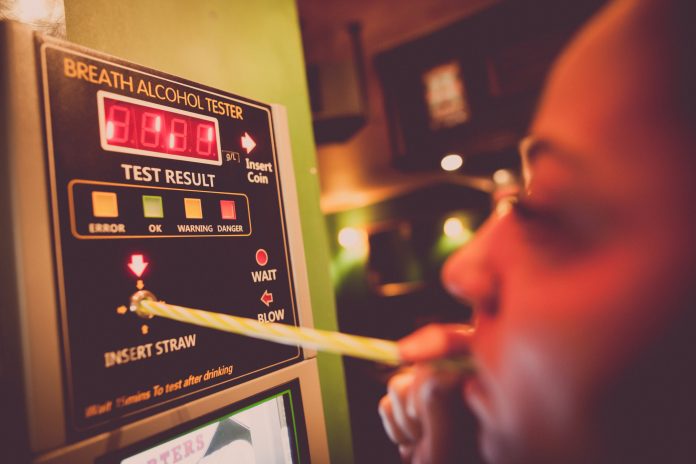Wearable sensors can help detect when heavy drinking consumption could lead to negative consequences – by measuring levels of intoxication through skin
Research from the Department of Biobehavioral Health uses a new form of technology to understand more about drinking alcohol and its potential consequences.
With general guidelines about reliable alcohol consumption, a person’s level of intoxication depends not only on the number of drinks they consume but also on the alcohol content of those drinks and other factors, there is not a ‘one size fits all’ consumption level with the same outcomes for different people.
So, researchers at Penn State in the US established that wearable sensors can help our understanding of heavy drinking. An ankle bracelet that can detect alcohol concentration, via imperceptible amounts of sweat, can measure intoxication – especially intoxication that can lead to negative consequences.
Using peak intoxication to understand potential consequences
The study notes that when a person is intoxicated by consuming the same amount of alcohol on two different days, that person is more likely to suffer negative consequences on the day that they became more intoxicated.
For instance, if a person had six drinks on Friday and six equivalent drinks on Saturday, they would be more likely to experience consequences if their peak intoxication were higher on one of those days.
Peak intoxication can be affected by several factors, including how fast a person consumed alcohol and what they had eaten recently.
Michael Russell, assistant professor of biobehavioral health, said: “Alcohol misuse causes problems ranging from the annoyance of a mild hangover to the tragedy of premature death. This research is one step on a journey toward using technology to limit the harm that alcohol can cause.”
Different levels of alcohol have different outcomes for people
Measuring alcohol concentration through the skin via these sensors – transdermal alcohol-concentration sensors – can deliver more data on a person’s intoxication level than periodic breathalyser results or self-reported drinking measurements.
These sensors are able to track a person’s peak intoxication level, the rate at which someone becomes intoxicated, and how much alcohol was in their system, and also, for how long.
Additionally, transdermal sensors are easier and less intrusive than other available methods for measuring alcohol consumption, such as breathalyzers and blood sample analyses.
Russell said: “Understanding how much alcohol you have consumed is nuanced. For example, if Person A drinks a 16-ounce pint of craft beer with a 10% alcohol content, Person B drinks a 12-ounce can of light beer with a 4% alcohol content, and Person C drinks a large mixed drink made with several types of liquor, how many drinks have they all had?
“What if Person A weighs 110 pounds, Person B 220 pounds, and Person C 185 pounds? Does the answer change?
“By using wearable technology to predict alcohol-related consequences — which range from automobile accidents to hangovers to missing work to sexual assault and beyond — we can begin to prevent alcohol-related consequences. Our research shows that wearable sensors can be used to help people understand when their drinking is becoming risky.”
Non-intrusive sensors to monitor intoxication
The sensors measure a person’s blood alcohol content through the skin, as 1% of alcohol consumed is excreted in sweat. The concentration of alcohol in sweat is like the concentration in blood, as blood samples have often formerly been used to monitor intoxication.
Transdermal sensors a much less daunting and difficult measurement of intoxication when compared to measuring blood alcohol content, which requires a blood draw.
Breathalyzers and transdermal sensors have different applications. Alcohol in sweat is eliminated more slowly than it is through breath. The amount of alcohol in a person’s breath is nearly identical to their blood alcohol content, though the amount of alcohol in sweat lags slightly behind at any given point in time.
Though breathalysers provide a more accurate and faster evaluation of someone’s intoxication during a traffic stop, transdermal sensors can provide a clearer visualisation of a person’s entire drinking history throughout the day.
Additionally, breathalysers cannot capture how much a person drank, how quickly they drank, and how long alcohol remained in their system, and transdermal sensors capture all of that.











